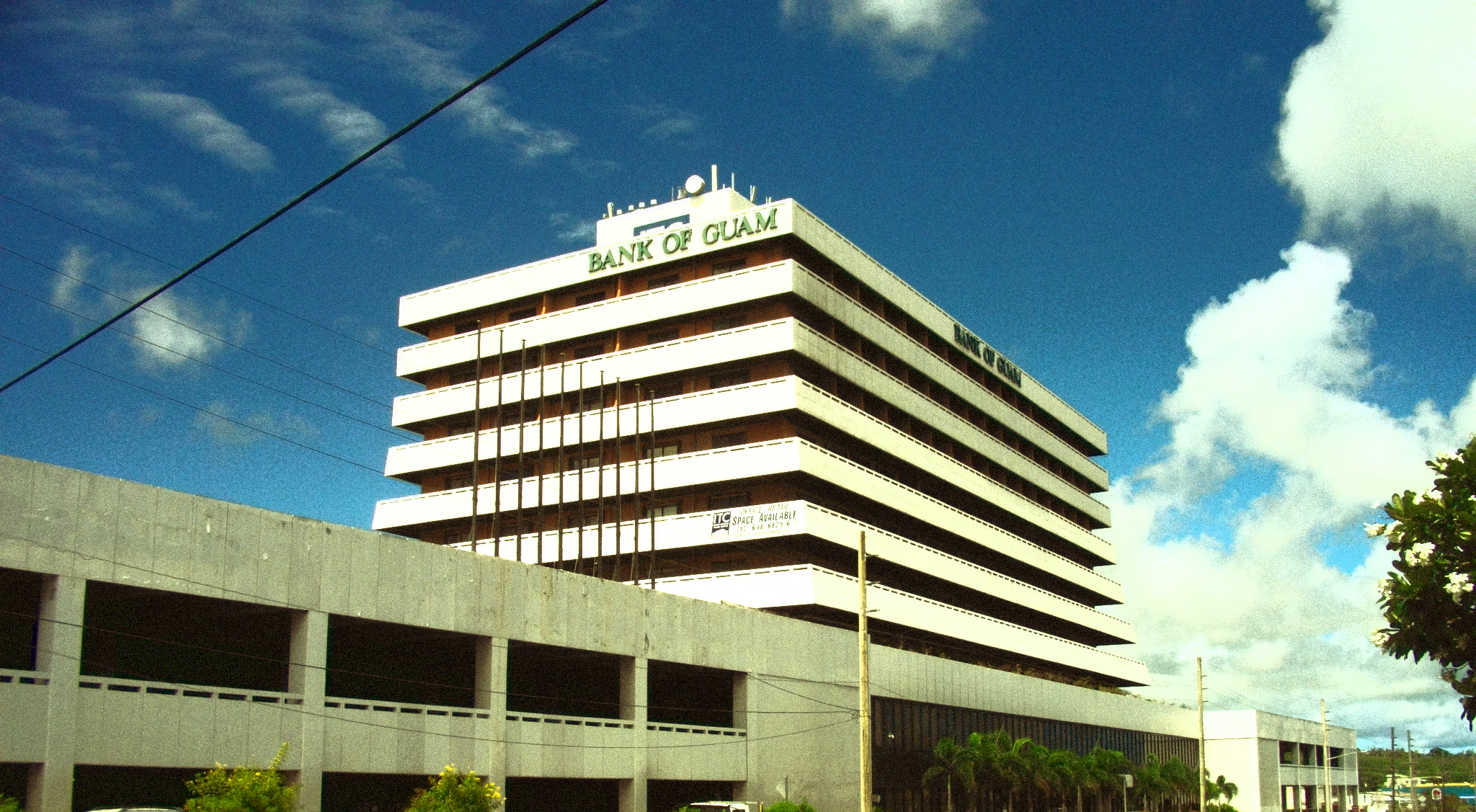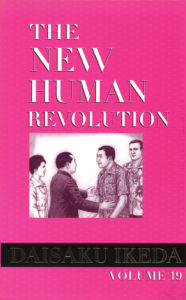The 1970s were marked by a surge of youth from the nation’s peace and Civil Rights movements joining the SGI whom had become disillusioned by the times.
By the mid-1970s, the Watergate scandal and Vietnam War were dominating the news, while the country still reeled from the tragic assassinations of Martin Luther King Jr., and U.S. Sen. Robert Kennedy in 1968.

Ikeda Sensei writes while on a train from New York to Washington, D.C., via Philadelphia, praying that the sun of hope would always rise in the hearts of fellow SGI members, January 1975. His travels are detailed in The New Human Revolution, vol. 21, pp. 1–85. Photo by Seikyo Press
To this emerging generation, Nichiren Buddhism offered principles that were unknown in Western society, including the “Ten Worlds,” “the oneness of life and its environment” and “human revolution.” It was during this time that Ikeda Sensei presented his first overseas university lecture, “The Enduring Self,” on April 1, 1974, at the University of California, Los Angeles.
Just before departing to UCLA, Sensei shared with a small group of young men that the ideas he would be conveying during the lecture might be difficult to grasp at first. “This life philosophy is the forerunner of the 21st century, and its essence has not yet been touched upon by any scientist or philosopher,” he said. “I am now just beginning to touch on this core of Buddhism, and it is only the start … just like the sunrise.”[1]
In his 75-minute speech, Sensei conveyed to the 600 college students present the Buddhist view that all phenomena are impermanent and that human beings suffer because they grow attached to and become shackled by their fleeting desires. He called for a shift from a civilization dominated by the “lesser self ” to one based on the “greater self ”: “The 21st century must be a century of life, a century in which life is valued to the utmost. Realizing the dream of a civilization that celebrates humanity depends on whether we can uncover the true nature of life, which is eternal, unchanging and invincible.”[2]
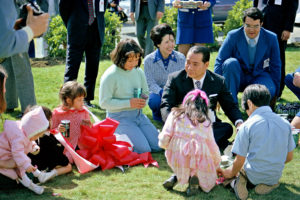
Sensei and Mrs. Ikeda share a lighthearted moment with future division members after the opening of the San Francisco Community Center, March 9, 1974. Photo by Seikyo Press
Lavelle Roby had just started practicing Nichiren Buddhism when she attended the UCLA lecture. Sensei’s words, she said, profoundly changed her life.
“He spoke about the law of impermanence, and in that moment, I understood that I was suffering deeply because I wanted things to remain the same,” Ms. Roby recalled. “This realization set me on a course of being able to accept the changes in my life and advance in ways that I couldn’t have possibly done by holding on to things. More than anyone else, Sensei has taught me how to live as a human being, and I accepted him as my mentor from that point on.”
Creating a ‘Century of Life’
A year later, on Jan. 26, 1975, 158 representatives from 51 countries and territories gathered for the First World Peace Conference on the Pacific island of Guam, the site of intense fighting during the Pacific War. Here, the group established the Soka Gakkai International, naming Daisaku Ikeda its president.
Having borne witness to the horrors of war in the 20th century, the founding members vowed to make the forthcoming century a “Century of Life.”
Addressing the participants, Sensei asserted that the world operated on the basis of arms and political, economic and personal gains, all of which hindered the achievement of peace, creating constant friction among the world’s citizens.
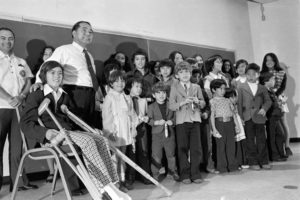
Sensei meets with future division members in New Orleans, March 15, 1974. Photo by Seikyo Press
Linda Chang Sandoval, of San Jose, Calif., recalled how her family were among the local members of Guam who supported the event behind the scenes. In the end, they didn’t get to see Sensei in person. Although she was disappointed at first, she realized that she could no longer think just about herself.
Her struggle was validated when she read his conference address a few days later, including these words: “Rather than seeking after your own praise or glory, I hope that you will dedicate your noble lives to sowing the seeds of peace of the Mystic Law throughout the entire world. I shall do the same.”[3]
This became Ms. Sandoval’s life motto and would inspire her to accomplish her dream of becoming a math teacher at age 50. Today, she is in her 17th year of teaching. “So much of what I do is behind the scenes, and I don’t see the immediate results, so I just focus on the positive causes I am making,” she said. “I do my best and hope that I am making a lasting impact. As SGI Buddhists, our values of respecting others and having a positive attitude toward life come through in how we interact with youth. They learn from our example. This is how I can sow ‘the seeds of peace of the Mystic Law’ in my community.”
Today, the SGI encompasses 12 million members in 192 countries and territories—the remarkable expansion of its philosophy of hope and human revolution representing a watershed moment in the history of Buddhism.
Perhaps even more so today, Sensei’s words on the SGI’s founding date ring all the clearer: “In order to realize lasting peace for all humanity, we need to instill in people’s hearts a spirit of compassion for all living beings in accord with the Buddhist principle of the sanctity of life, which itself is based on the recognition that all life inherently possesses the supremely noble and unsurpassed life state of Buddhahood. This process is what we call kosen-rufu.”[4]
A Vow to Spread Peace
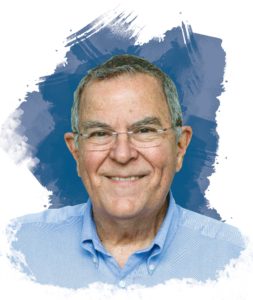 Gerry Hall
Gerry Hall
Los Angeles
Leading up to the SGI’s founding at the First World Peace Conference in Guam on Jan. 26, 1975, I was part of the advance crew supporting behind the scenes. I also served as the secretary-general for the meeting.
We went on many runs to the airport to greet members from all parts of the world, including Ikeda Sensei and Mrs. Ikeda. From the moment he landed, Sensei was constantly greeting participants, shaking their hands and thanking them. He never took a single person for granted, especially those who were not in the spotlight.
On the night before the conference, a culture festival was held at Rizal Beach, formerly known as Invasion Beach, where one of the most intense and bloody battles of WWII took place. Sensei said it was a fitting place to start a great movement to bring peace to the world.
The ultimate highlight was Sensei’s inaugural speech as the new SGI president. What stuck out most was when he said: “Rather than seeking after your own praise or glory, I hope that you will dedicate your noble lives to sowing the seeds of peace of the Mystic Law throughout the entire world. I shall do the same.”
When I heard this, together with my new comrades from around the world, it confirmed for me that kosen-rufu was a reality. It was as if his entire speech was a determination—a vow—to spread the Law throughout the world. It was that powerful. I felt that Sensei was urging us all to join him in his vow to achieve kosen-rufu.
Becoming a Person of Conviction
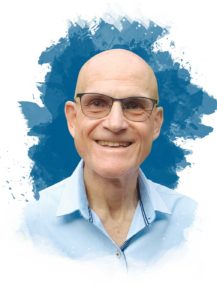 Jim Krampf
Jim Krampf
San Francisco
The 1970s were chaotic. With the war in Vietnam, civil unrest, and political and economic mayhem, it felt like a never-ending parade of disturbing things you’d never expect to happen in America. I had been doing drugs every day and had no job or direction in life when I was introduced to Buddhism in the late ’60s. I went from being a stoned hippy to seriously wanting to contribute to society.
Amid the chaos, I chanted Nam-myoho-renge-kyo every day, keeping my focus on my inner transformation. Without the SGI community, I would’ve been a disillusioned youth unable to rise above the turmoil.
A real turning point for me was when I was a young men’s leader and working to support myself as a full-time student. I was getting buried in daily life and struggling. One day, I read Ikeda Sensei’s guidance to chant with concrete goals, both short term and long term. This enabled me to shift my prayer, break through my challenges and achieve tremendous growth.
When Sensei came to San Francisco in 1974, I was in charge of the communication center, focused on his movements between activities, and couldn’t participate in any meetings with him. But as Sensei was getting ready to depart for the airport, he looked my way, and our eyes locked. In that moment, I felt he definitely knew me and what I had been doing behind the scenes. I was tremendously moved by Sensei’s behavior, as he treated every person with the same respect, compassion and appreciation.
It’s so easy to get caught up in the difficult aspects of daily life, but Sensei constantly reminds us that we have a profound mission. The mentor-disciple relationship challenges me to believe this and live based on my convictions. Sensei never compromises his convictions, and I’m striving to be that type of person.
1970s Guidance
‘The Enduring Self’
Embark on a Spiritual Journey
On April 1, 1974, Ikeda Sensei delivers his first lecture at the University of California, Los Angeles, his first at a U.S. institution of higher learning.
In the following excerpt of volume 19 of The New Human Revolution, Sensei (who appears in the novel as Shin’ichi Yamamoto) urges the audience to look toward the enduring aspects of life and to live in. a way that brings forth true human value.
Shin’ichi Yamamoto was trying to explain the ultimate truth of Buddhist philosophy; there was no denying that it was a rather difficult lecture. Nevertheless, the audience members listened intently as he spoke of these profound principles concerning life.
Next, he explained that living based on the “greater self ” does not mean abandoning the “lesser self ” but rather gaining mastery over it and using it in a way that contributes positively to human happiness. If the “lesser self ” is likened to a rapidly moving train, he said, the “greater self ” is comparable to the tracks along which the train travels. Should the train of the “lesser self ” derail, it will run out of control and crash. But if it proceeds along the solid rails of the “greater self,” it will arrive safely at its destination of indestructible happiness. …
Shin’ichi’s voice grew in intensity as he declared that the twenty-first century must be a century of life, a century in which life is valued to the utmost. Realizing the dream of a civilization that celebrates humanity, he added, depends on whether we can uncover the true nature of life, which is eternal, unchanging and invincible.
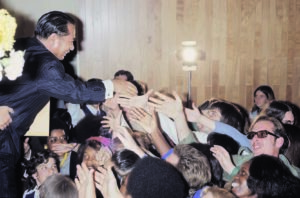
Sensei delivers his first overseas lecture at the University of California, Los Angeles, April 1, 1974. Scenes from this event are described in NHR-19, pp. 173–81. Photo by Seikyo Press
Shin’ichi concluded his lecture, saying: “While it may sound extreme, it seems to me that until now humanity, having been driven by desire and having brought itself to the brink of destruction, has not moved beyond the stage of ‘talented animals.’ This is in fact an expression found in the writings of Nichiren Daishonin, the Buddhist teacher whom I follow. Human beings mustn’t rely solely on intelligence; we must break free from the shell of our small egos and gain independence spiritually and on the most fundamental level of life itself, achieving a dramatic inner transformation.
“Finding the path to such an existence in the teachings of Buddhism, I embarked on my spiritual journey. I hope that all of you, as youthful builders and pioneers at this unprecedented turning point, will also think about the path to true human independence. I have shared with you today just a few aspects of Buddhist wisdom in the hope that it may be of use in this regard. I will be very gratified if it serves as some sort of guideline or inspiration. Thank you.” (NHR-19, pp. 176–78)
Founding a Global Peace
Strive for Humankind Itself
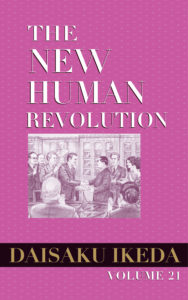 On Jan. 26, 1975, 158 representatives from 51 countries and territories gather for the First World Peace Conference on the Pacific island of Guam, the site of intense fighting during the Pacific War. Here, the group. establishes the Soka Gakkai International, naming Daisaku Ikeda its president.
On Jan. 26, 1975, 158 representatives from 51 countries and territories gather for the First World Peace Conference on the Pacific island of Guam, the site of intense fighting during the Pacific War. Here, the group. establishes the Soka Gakkai International, naming Daisaku Ikeda its president.
In volume 21 of The New Human Revolution, Ikeda Sensei addresses the representatives. He appears in the novel as Shin’ichi Yamamoto.
“It could be said that this is a small conference, a gathering of nameless people from various countries and territories. But I believe that today’s gathering will shine brilliantly in history for centuries to come, and your names will no doubt be engraved not only in the saga of the worldwide spread of Buddhism but in human history, as well.”
Shin’ichi spoke with conviction. His feelings were perfectly reflected in the words of Victor Hugo (1802–85): “We who believe, what can we fear? There is no backward flow of ideas more than of rivers.”
Continuing on, Shin’ichi pointed out that the precedence of the logic of profit and of military, political and economic power in contemporary society was a hindrance to peace and a source of the constant state of tension in the world. He stressed that a higher religious philosophy would have the power to overcome the impediments to peace, bring humanity together and open an enduring path to peace.
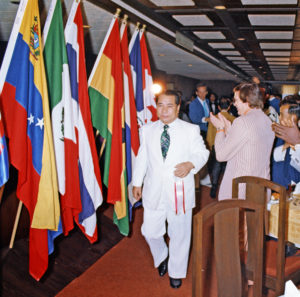
The Soka Gakkai International is established at the First World Peace Conference, Tamuning, Guam, Jan. 26, 1975. Photo by Seikyo Press
Shin’ichi cited a passage from The Writings of Nichiren Daishonin: “If the spirit of many in body but one in mind prevails among the people, they will achieve all their goals” (“Many in Body, One in Mind,” The Writings of Nichiren Daishonin, vol. 1, p. 618). He then emphasized that if the peoples of all nations worked together in unity, based on the principle of the sanctity of life, lasting peace would be achieved without fail. …Shin’ichi’s words grew more impassioned: “The sun of Nichiren Buddhism has begun to rise above the distant horizon. Rather than seeking after your own praise or glory, I hope that you will dedicate your noble lives to sowing the seeds of peace of the Mystic Law throughout the entire world. I shall do the same. At times I will lead in the forefront, at other times I shall stand by your side, and at still other times, I will watch over you from behind the scenes. I will always be supporting you with all my heart.”
Shin’ichi closed by ardently calling out to the participants, “As courageous, compassionate and dedicated disciples of Nichiren Daishonin who are fully committed to truth and justice, please live out your whole lives in a positive and uplifting way, striving for the prosperity of your countries, the happiness of the people and the precious existence of humankind itself.” (NHR-21, pp. 31–34)
You are reading {{ meterCount }} of {{ meterMax }} free premium articles

